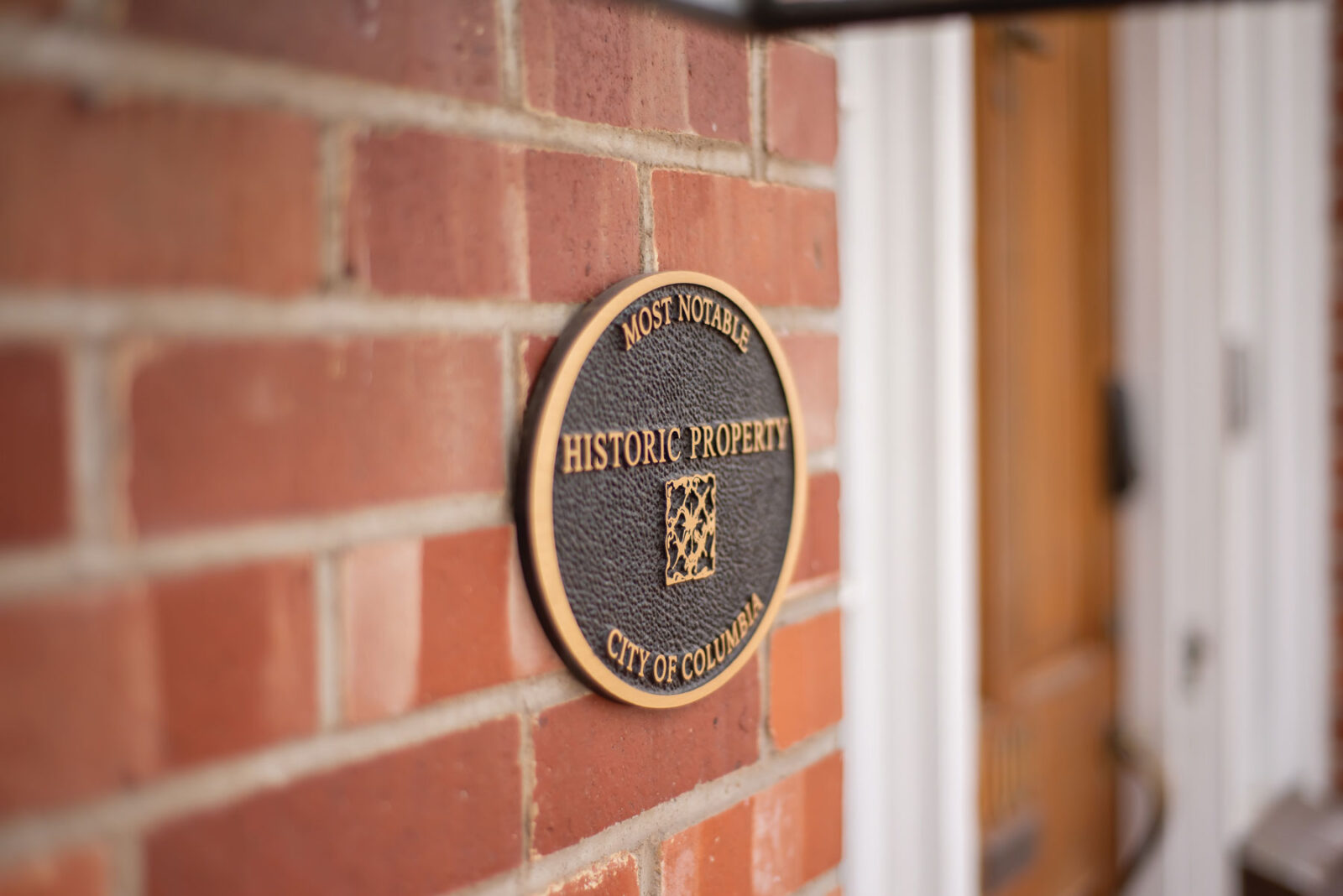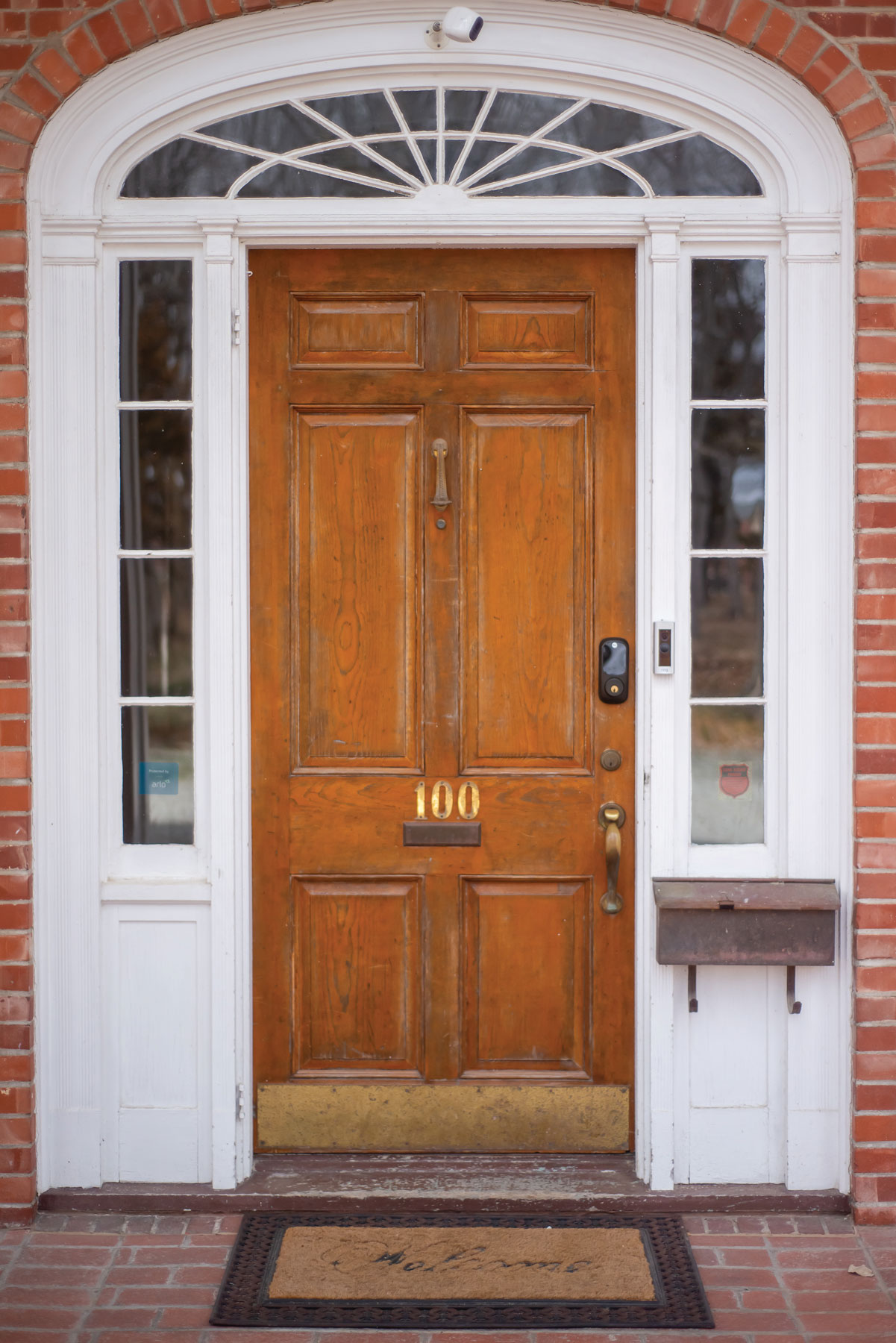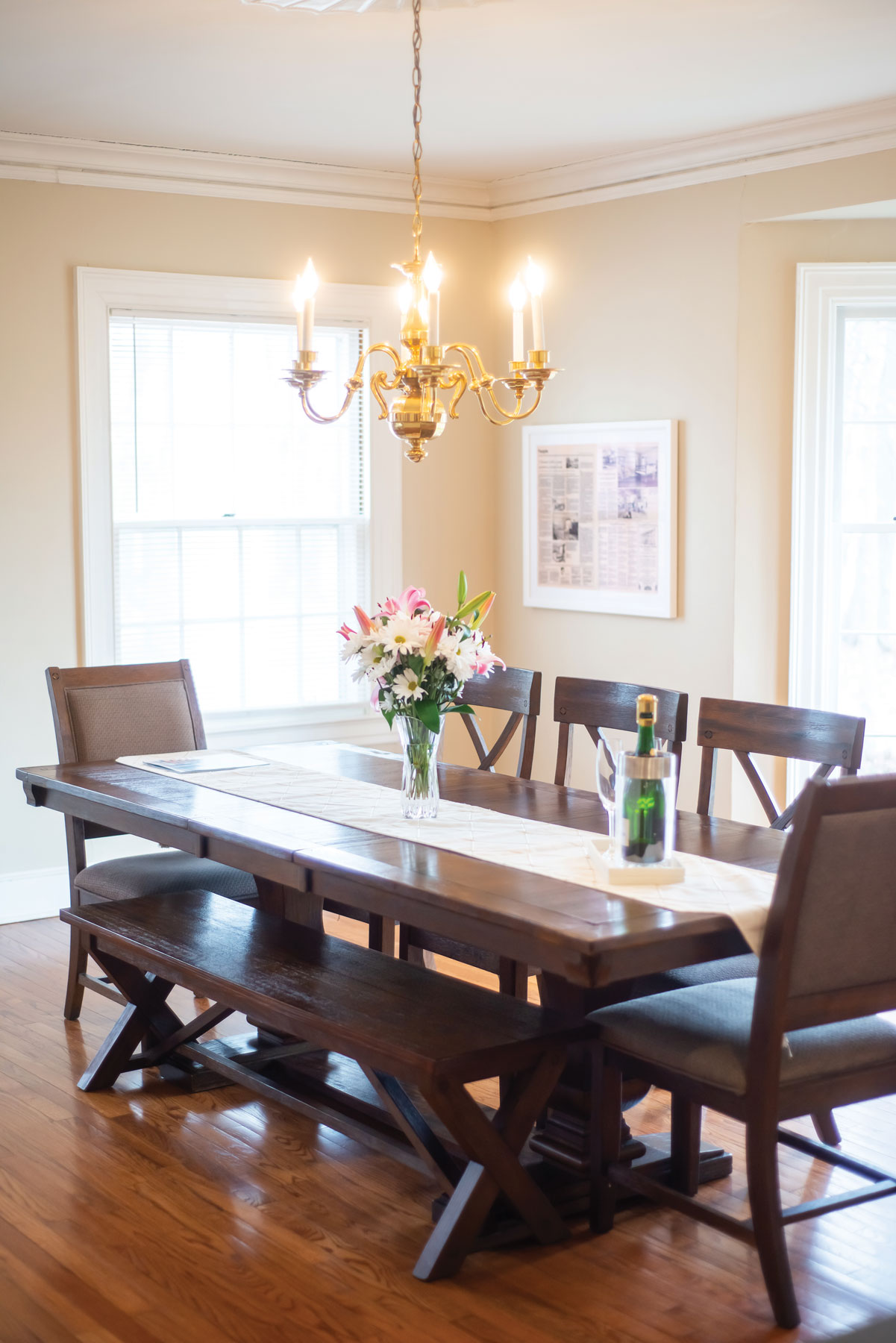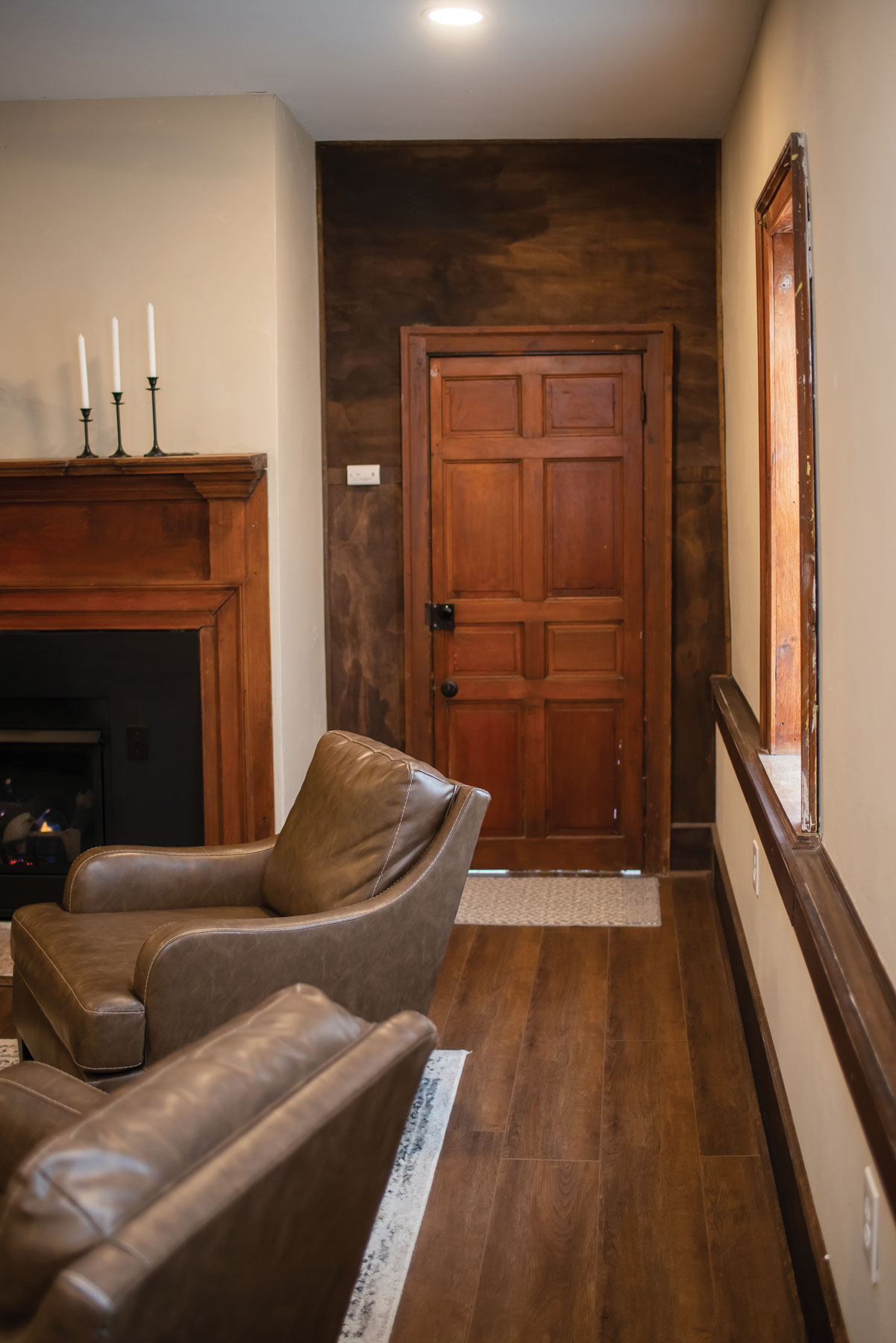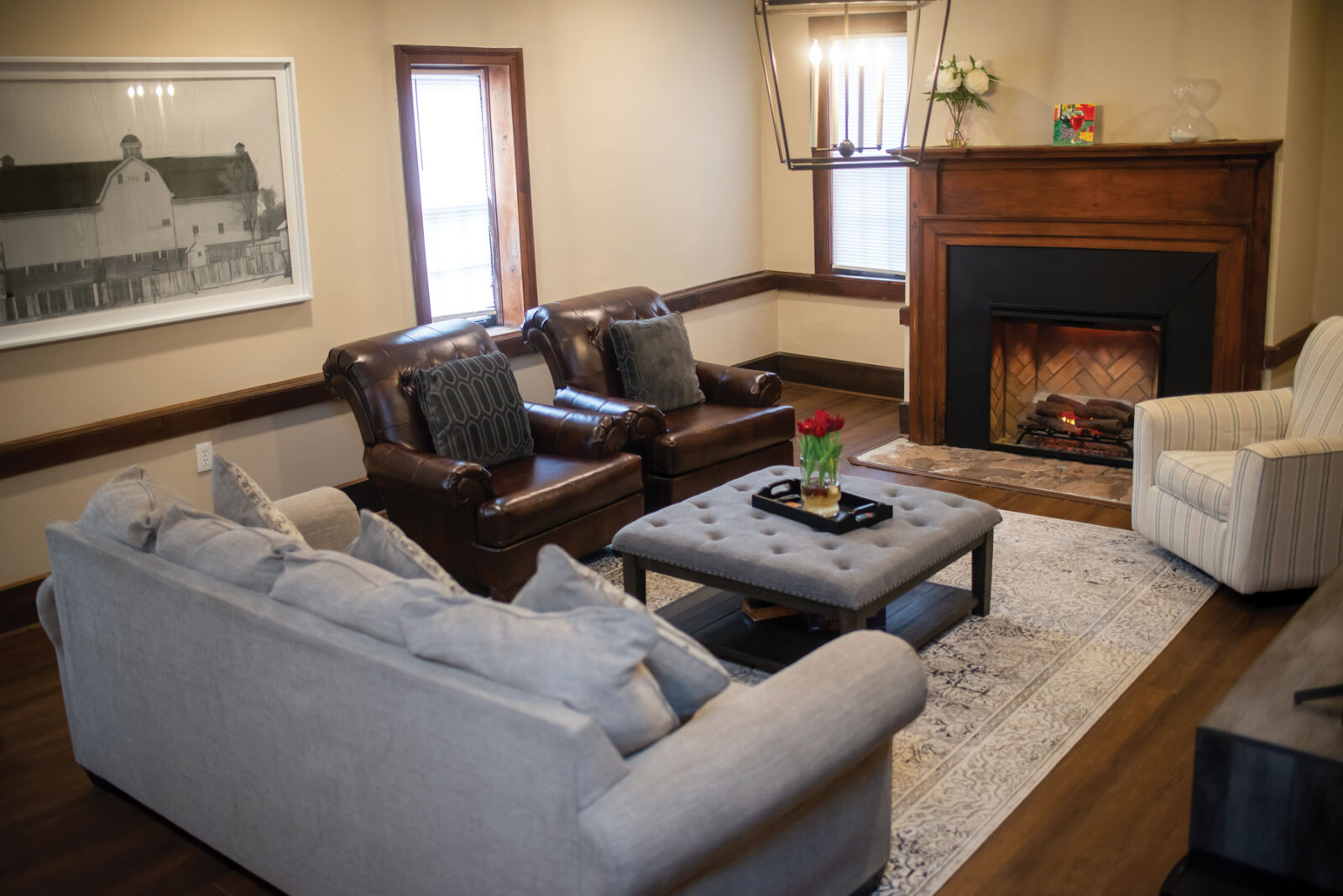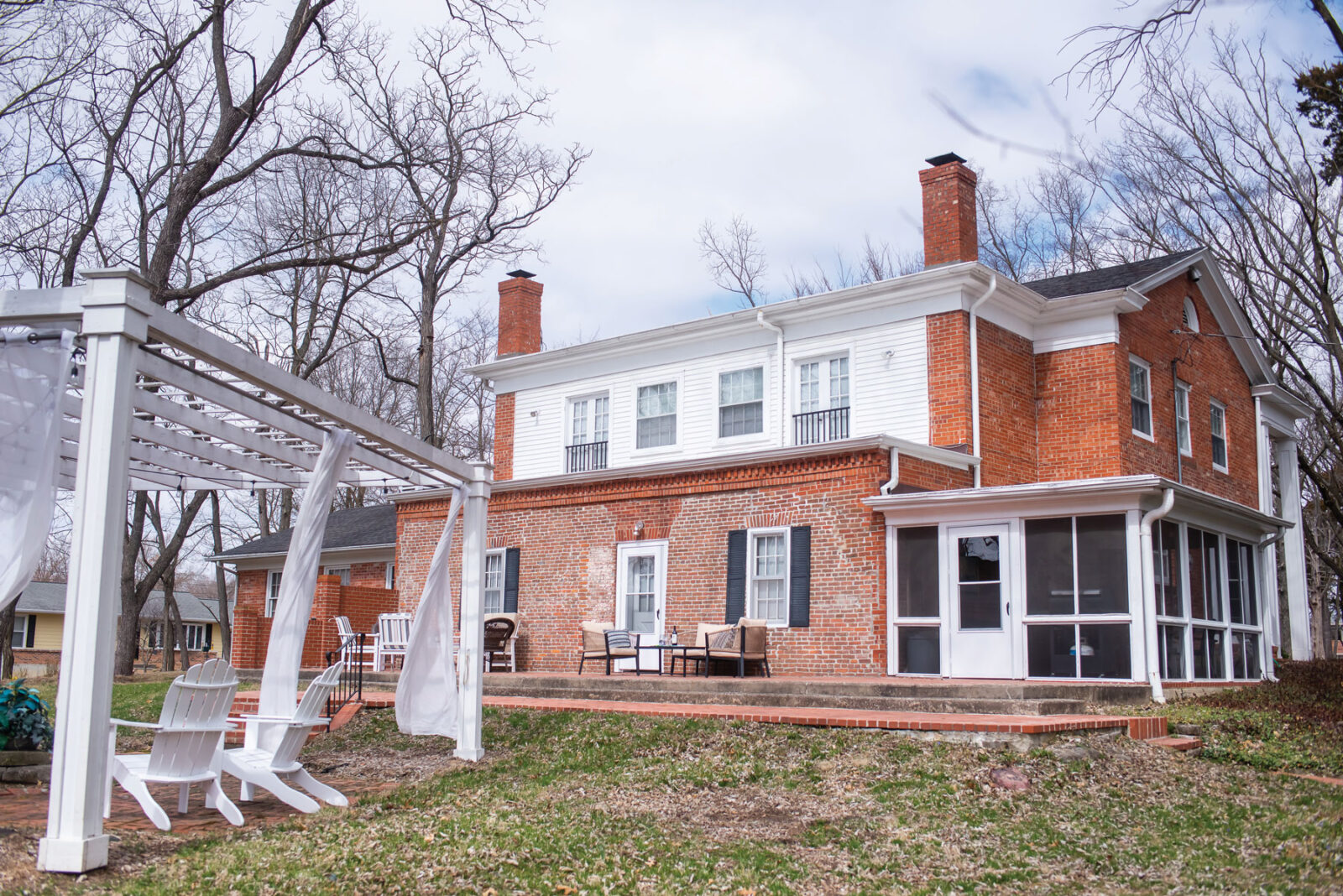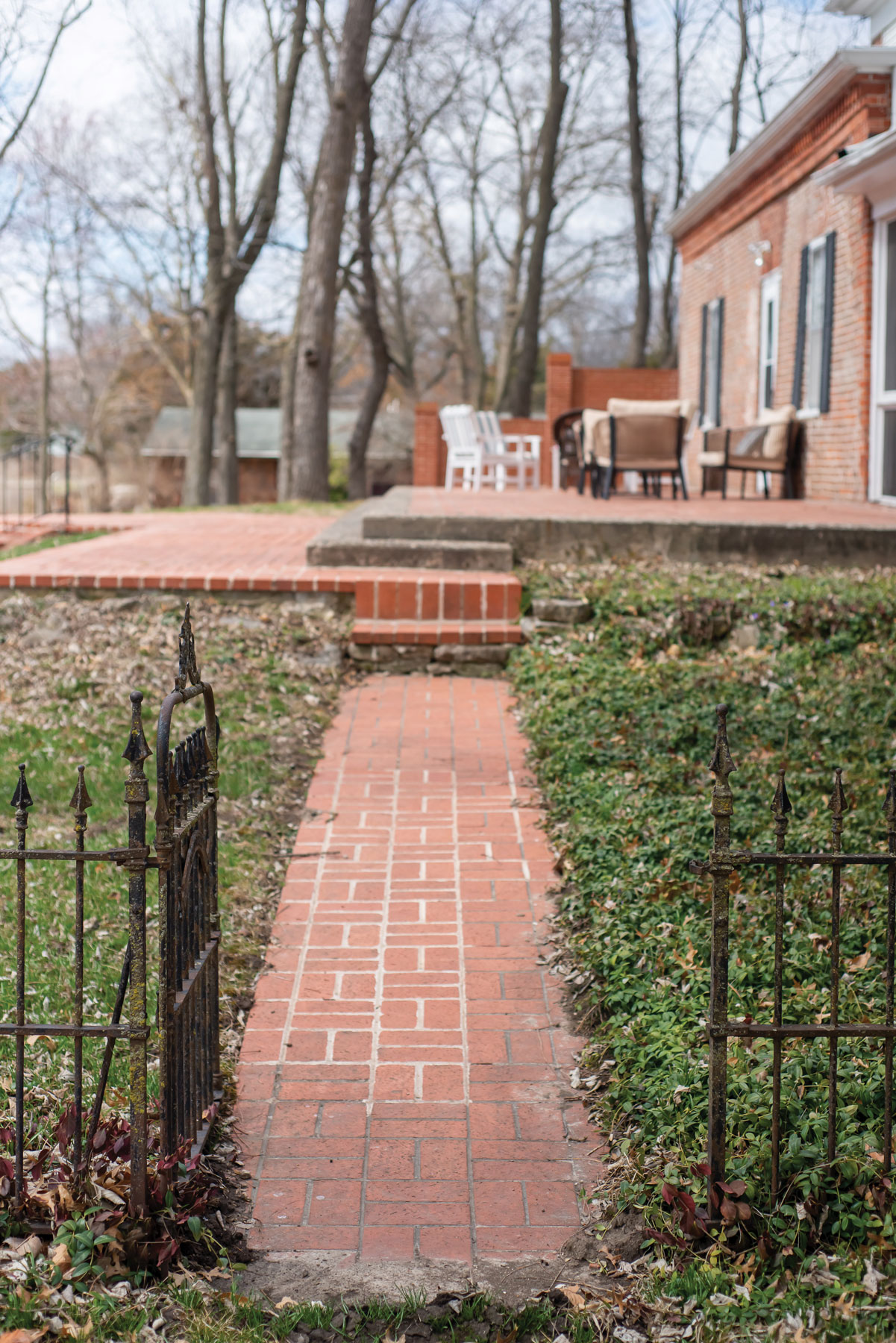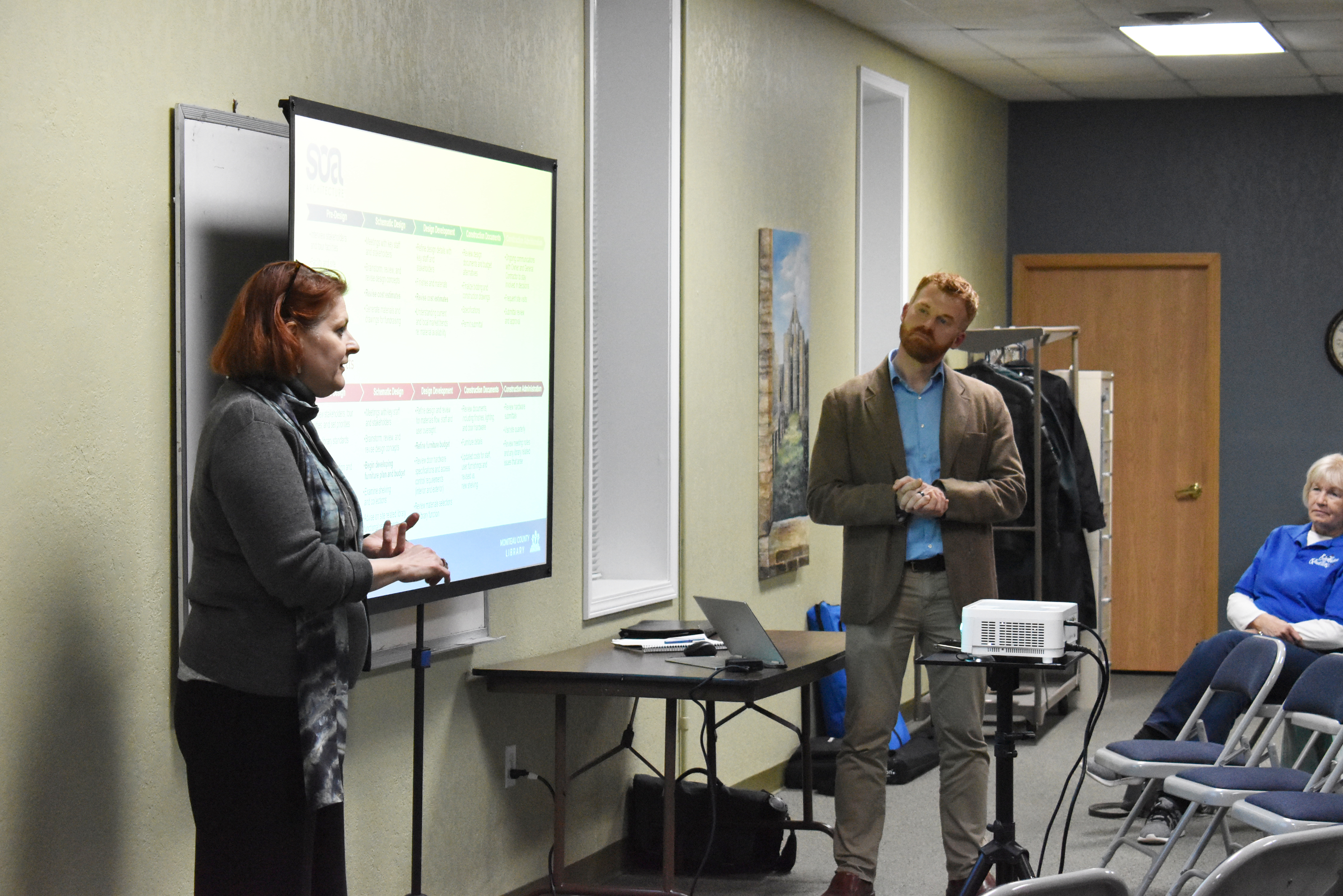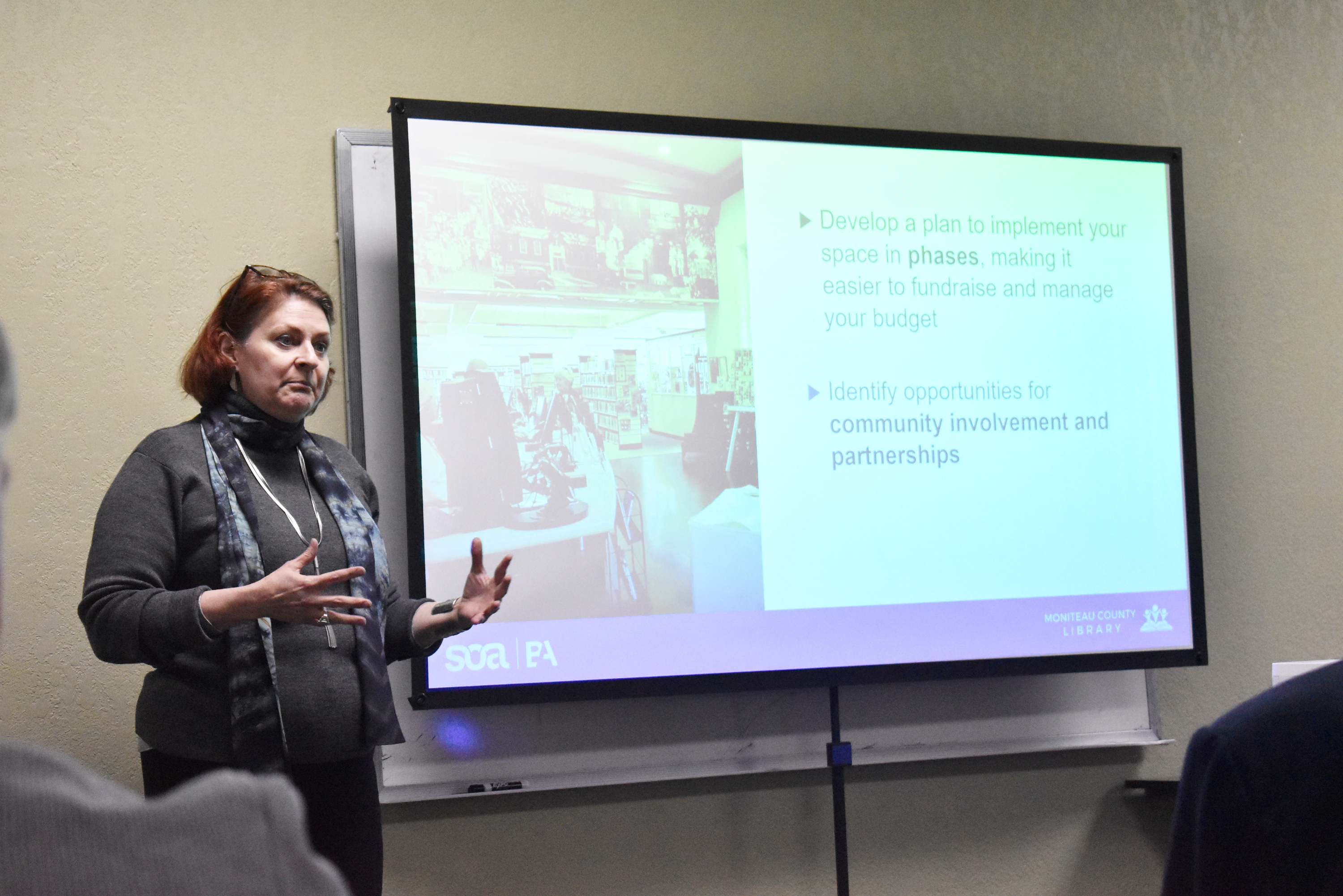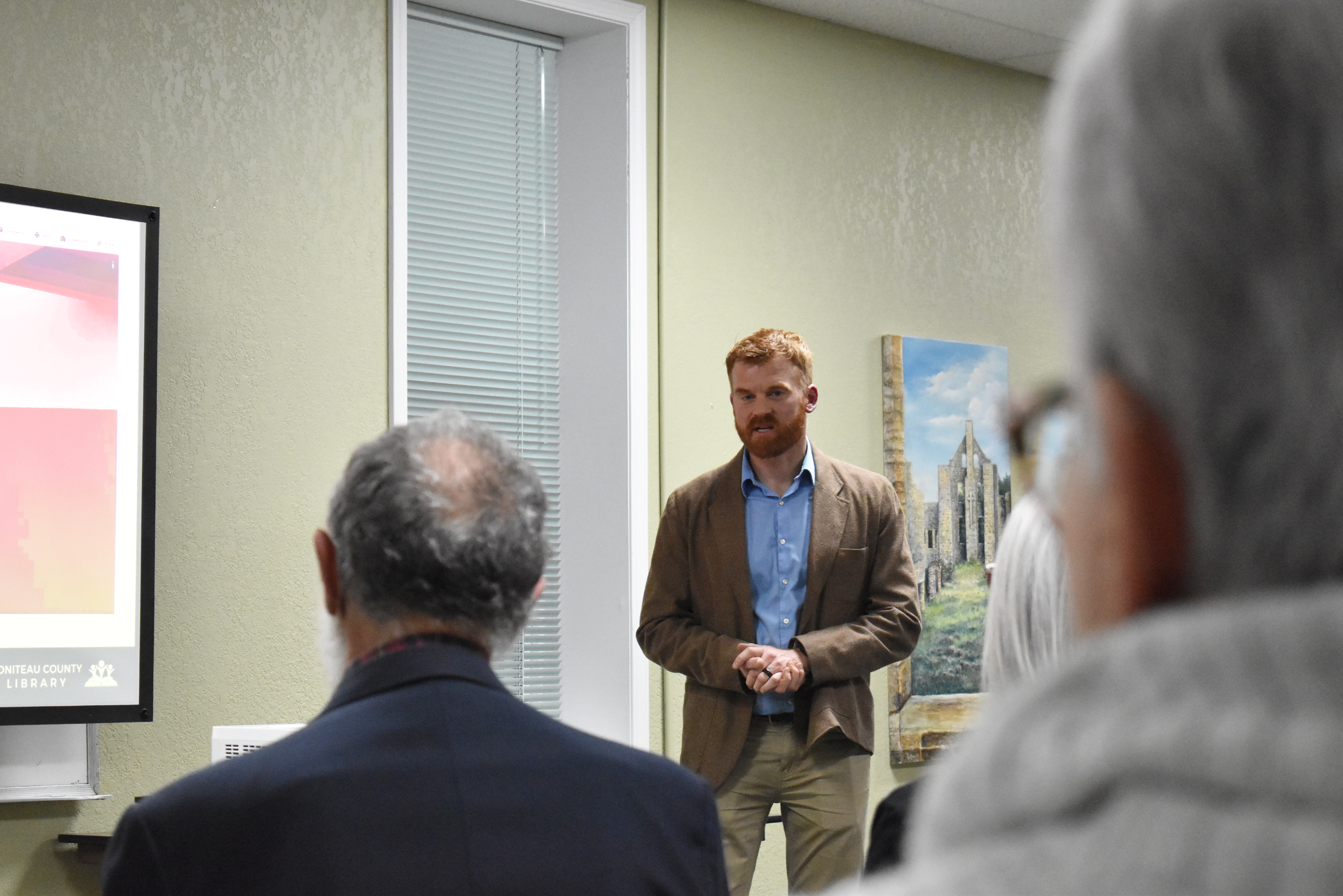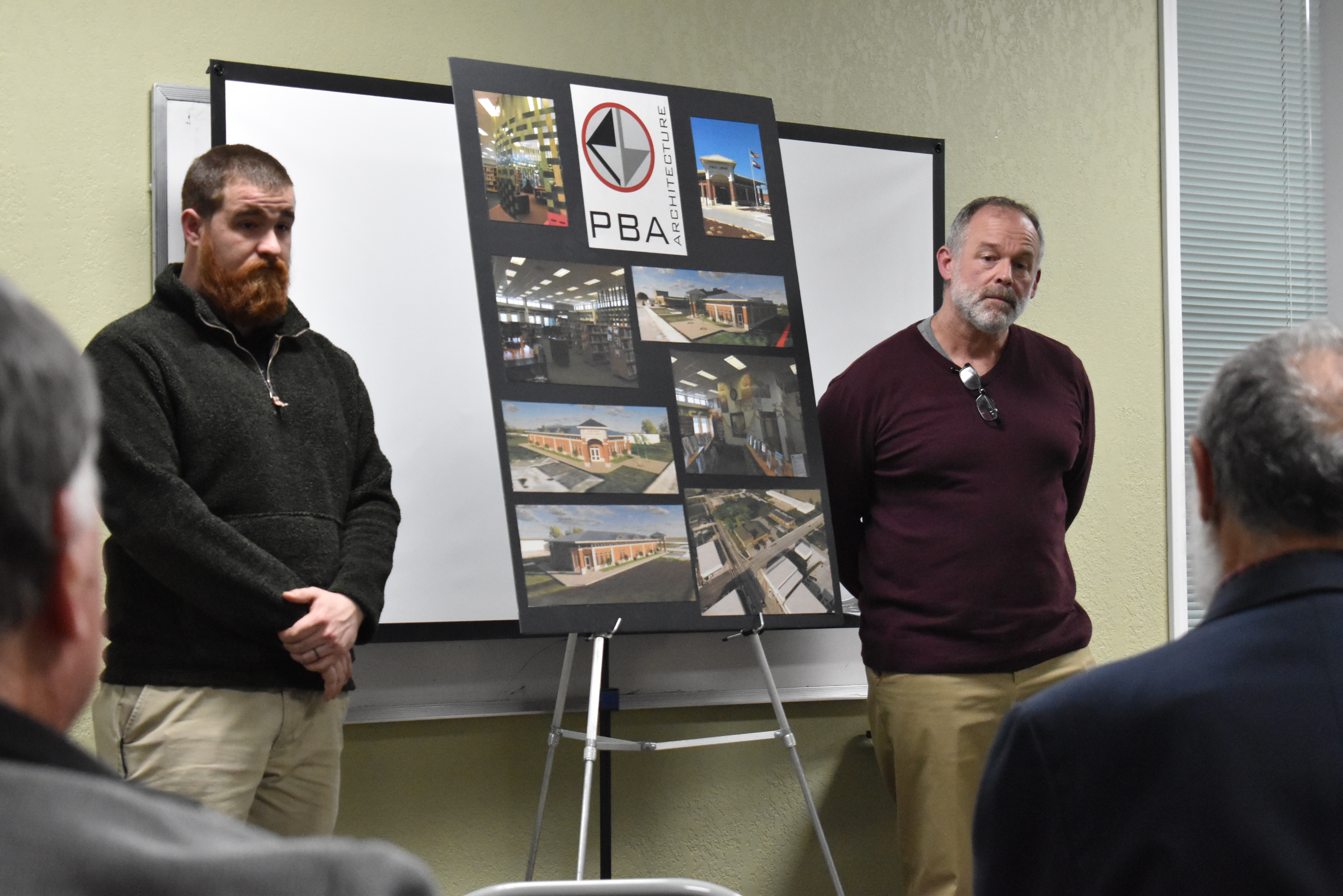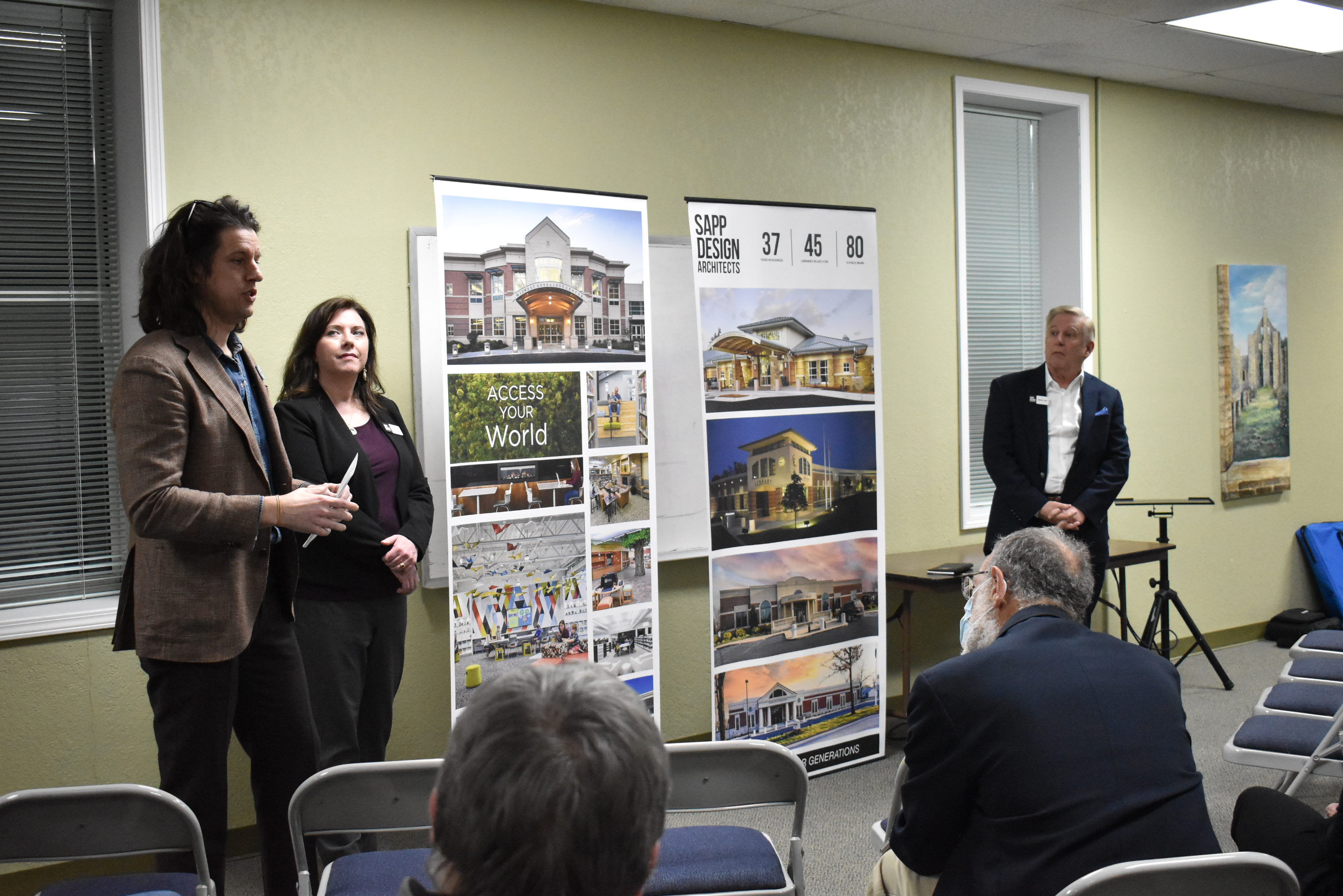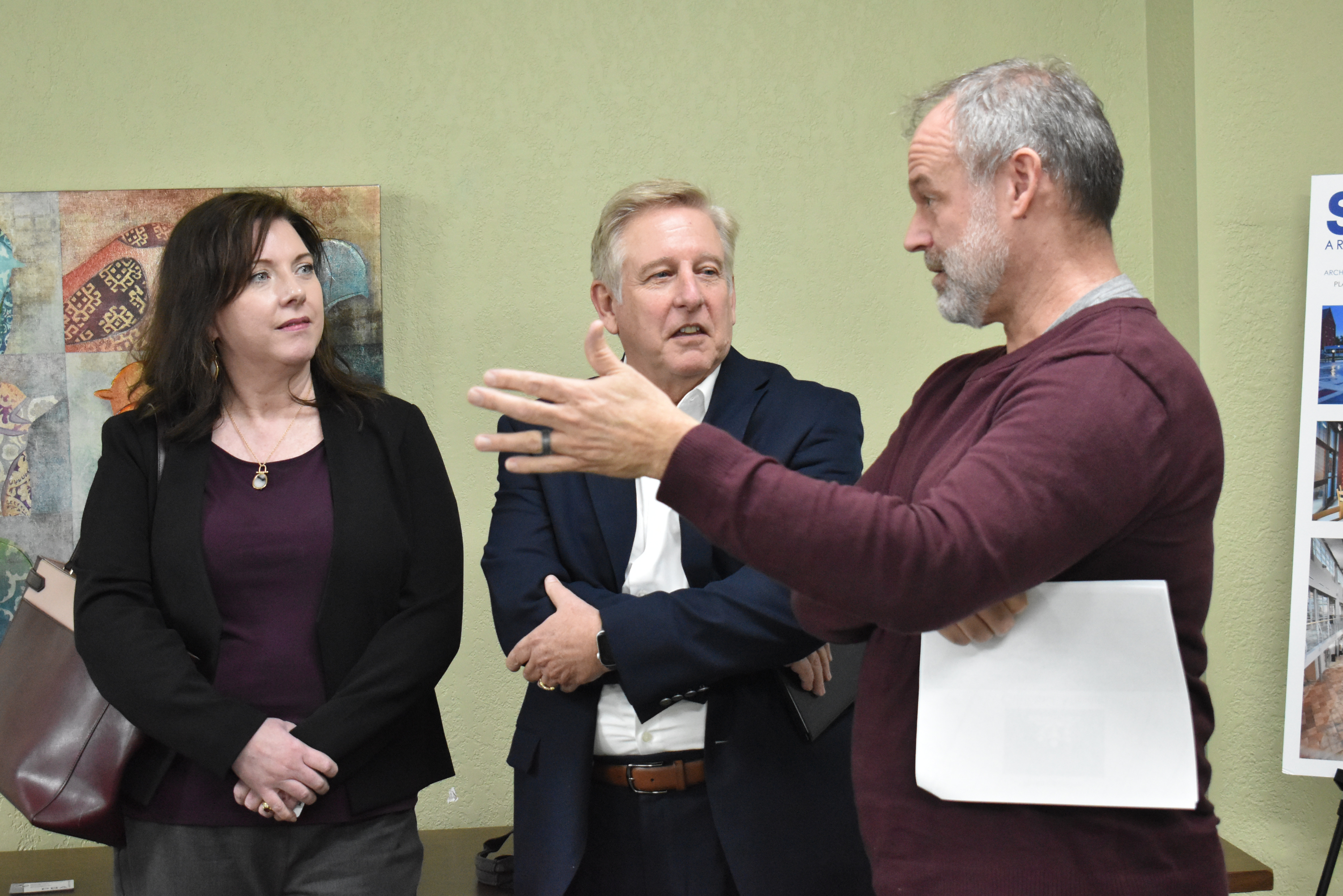Candidates are vying for positions across eight school districts in Moniteau County for Tuesday’s General Municipal Election.
Although candidates are running unopposed for positions in city government, there are several contested seats within area school boards. Voters will decide on which candidates best suit the role for school board as well as vote on three ballot measures.
In the California R-1 School District, Jan Trachsel, Tony Haile, Brandy Brockes, David Cook and Landon Porter are competing for a director position.
In the Boonville R-1 School District, Dan Horst, Emily Shikles and Ryan Rapp are competing for a director position.
In the Cole County R-1 School District, Christina Wood, Adam Weber, Aaron Wyss and Ritchie Jenkins are competing for a director position.
In the Eldon R-I School District, Jerome “Jerry” Kaibel, Michael Holland and Lindsay Ahart are competing for a director position.
In the Morgan County R-2 School District, Dwayne Schad, Brad Chamberlain, Chad Courter, Jamie Dwight, Joshua Loganbill, Steve Nolawski and Cassie Wilhelm are competing for a director position.
In the Moniteau County R-5 School District, Amanda Bolinger and Sarah Bolinger are competing for a director position.
In the Tipton R-6 School District, Lora Dicus, Craig Wolf, Kelly Kohler, Kimberly Wolf and Amanda Pettigrew are competing for a director position.
In the Prairie Home R-V School District, Nathan Alpers, Christopher Klay Holliday, Dennis R. Toalson and Tammy Brandes are competing for a director position.
The first two ballot measures are related to county school districts and the improvement of their facilities and sports complexes.
According to the Moniteau County sample ballot, the Eldon R-1 School District’s “Proposition Mustangs” is asking voters if the district can borrow $5 million for equipping, furnishing, developing the site and constructing the building for eight classrooms belonging to the district’s Upper Elementary School and six classrooms belonging to the district’s South Elementary School. If passed, the district’s debt service levy will remain unchanged at $0.5754 per $100 assessed valuation.
The ballot also states Tipton R-6 School District is asking voters if it can issue obligation bonds to improve its outdoor sporting and activity complex. The measure states it would need to issue obligation bonds in the amount of $2,500,000 for “improving the playing field to an all-weather turf field; improving the track to a six land, competition-level track; improving access and improving buildings and security in the complex as the budget allows.” If passed, the district’s debt service levy will remain unchanged at 108 cents.
Voters must also make a decision on the county’s proposed marijuana sales tax. The final measure states, if elected, the county would be able to impose a 3 percent sales tax on recreational marijuana sold within the area. Two other propositions listed on the ballot include measures for Eldon and Tipton schools.
Those running unopposed on the ballot include California mayoral candidate Lanny Ash; California Ward 1 incumbent alderman candidate Steven Earl Hickman; Ward 1 incumbent alderwoman candidate Kimberly Robertson; California Ward 2 alderman candidate Mike Staton; California Ward 3 alderwoman candidate Resa Dudley; Tipton mayoral candidate Mark Hampton, Tipton East Ward alderman candidate Chris Allee and West Ward incumbent alderman candidate Robert Wolf.

 Windmills at Anderson Valley.
Windmills at Anderson Valley.
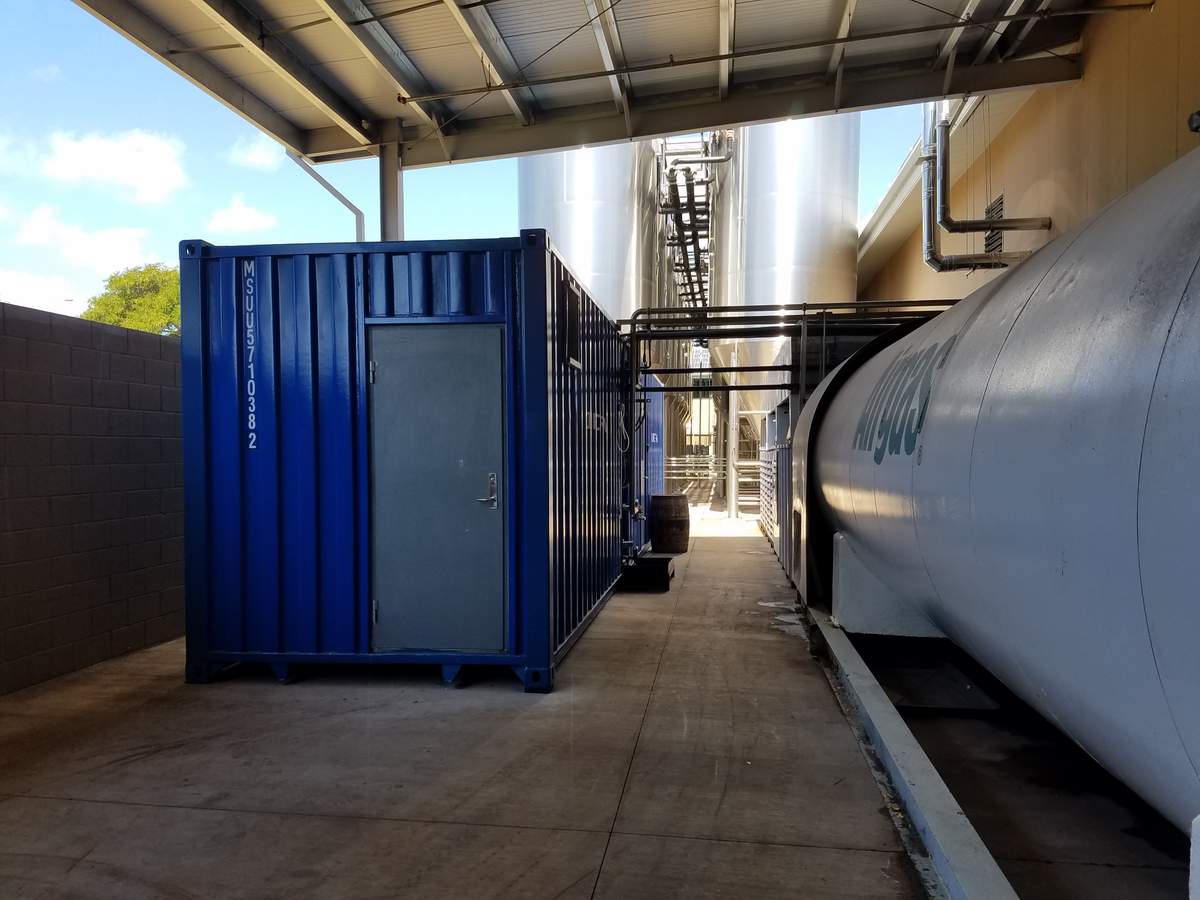 Maui-Brewing has CO2 recovery as well as sustainable packaging.
Maui-Brewing has CO2 recovery as well as sustainable packaging.